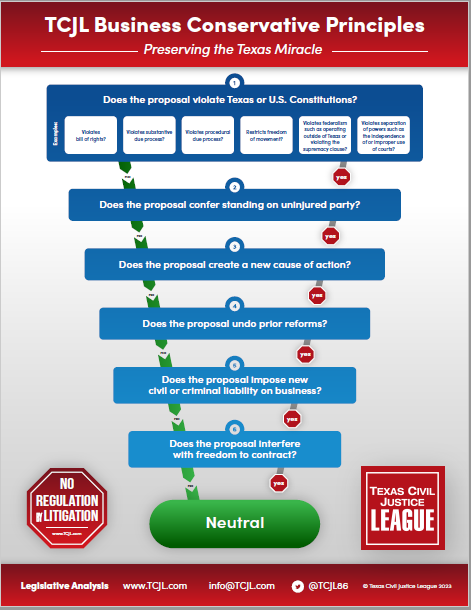
Chief Justice Nathan Hecht
In a case challenging the jurisdiction of an Hidalgo County court-at-law over a foreclosure of a lien on land, the Texas Supreme Court has held that a specific statutory grant of jurisdiction to Hidalgo County courts trumps the general statute barring a constitutional county court from suits to enforce a lien on land or for the recovery of land.
Ditech Servicing, LLC v. Jerry Perez, d/b/a Lighthouse Investments (No. 21-1109; delivered May 19, 2023) arose from a loan default that resulted in a foreclosure sale. A third party obtained financing from Ditech to buy land in Edinburg. Perez subsequently acquired the property after a sheriff’s sale to enforce a judgment. When the third party defaulted on the note, Ditech initiated nonjudicial foreclose proceedings, which would extinguish Perez’s interest in the land. Perez brought suit against Ditech in a Hidalgo County court-at-law, asserting that Ditech had waived its right to foreclose. Ditech counterclaimed for judicial foreclosure. The trial court ruled for Perez, but the Corpus Christi Court of Appeals reversed. On remand, granted Ditech’s motion for summary judgment and rejected Perez’s jurisdictional challenge. This time Perez appealed the jurisdictional question, arguing that Hidalgo County courts-at-law had no jurisdiction over real property title disputes under the Government Code. The court of appeals agreed and dismissed the case for want of jurisdiction. Ditech sought review.
In an opinion by Chief Justice Hecht, SCOTX reversed. At issue was the interaction between § 25.0003, Government Code, which generally limits the jurisdiction of statutory county courts-at-law that exercise concurrent jurisdiction with constitutional county courts plus concurrent jurisdiction with district courts in cases with an amount in controversy between $500 and $250,000, with statutes giving specific jurisdiction to Hidalgo County courts-at-law in certain matters. Perez argued that since constitutional county courts do not have jurisdiction under § 26.043, Government Code, over suits for the enforcement of liens on land or to recover land, the statutory county courts didn’t either. As Chief Justice Hecht pointed out, however, § 25.1102 gives Hidalgo County courts-at-law additional jurisdiction concurrent with district courts in family law matters and “civil cases in which the matter in controversy does not exceed $750,000….” The parties did not dispute that the matter in controversy in this case did not exceed that amount.
Joined by the attorney general, Ditech argued that § 25.1102 was an independent jurisdictional grant that expanded the general jurisdictional limits. The Court agreed, holding that “county-specific jurisdictional statutes are ‘independent and cumulative’ of jurisdiction conferred by Section 25.0003.” As § 25.1102 grants Hidalgo County statutory county courts concurrent jurisdiction up to $750,000 without regard to the type of case, the trial court had jurisdiction over this case. Chief Justice Hecht observed that while other specific jurisdictional statutes for other counties expressly incorporate § 25.0003, the Hidalgo County statute has no such limiting language. Moreover, the fact that the statute refers specifically to family law matters does not mean that it excludes other matters by implication. It merely means that the Legislature granted jurisdiction to Hidalgo County statutory county courts in family law matters no matter what the amount in controversy. Finally, the Court pointed to § 25.0001(a), which states that if a conflict exists between a general and specific jurisdictional statute, the specific statute controls. The Court reversed and rendered judgment for Ditech.
While not a surprising outcome, this opinion illuminates the sprawling scope of the Texas judicial system. Chief Justice Hecht observed that there are currently 259 statutory county courts (with various jurisdictional reach) operating in 91 counties. That goes along with 254 constitutional county courts, 450 or so state district courts, statutory probate courts in 10 of the state’s 15 largest metropolitan areas, around 800 justice courts, and more than 900 municipal courts. That’s a lot of courts, and a lot of courts with overlapping jurisdictions. All prior efforts to streamline and rationalize this system have run into a brick wall of interests heavily invested in the traditional model. But that’s not saying that some measure of reform is not desirable or justified in the interest of the people who have to seek redress in one or more of these courts.












